Ado Vabbe
(1892–1961)
Arsti juures. 1959
Gouache, paper. 54 x 50 cm
price 3 132 (sold)
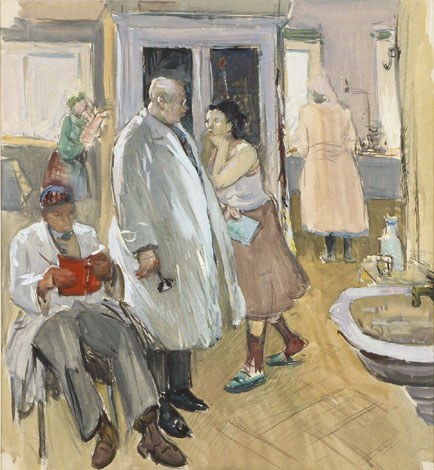
Ado Vabbe is a name, from which the Estonian art history starts talking of the modern art. “Vabbe was undoubtedly the father of the Estonian avant-garde,” says Leonhard Lapin, “his influence can also be felt in the current time.” The best expert of Vabbe, Evi Pihlak adds: “Vabbe has always been inclined to the deviation from rules and he can not be approached with traditional models, but at the same time he is one of the strongest colourists of our painting”. So it seems that Ado Vabbe, whose art-related education only originated from the legendary Ažbe School of Arts on Munich, and who despite this was one of the most significant and long-time lecturers, who remained until the end of his life a shiny talent, which was impossible to pack according to regular rules. His grasp was so deep that it even reached without any specific problems both the high forms of abstractionism and also impetuous forceful manners of painting. In his words become mixed Vabbe as “the moulder of the school of painting of “Pallas”, especially of its colourist direction” (Reet Varblane) and his extraordinary ability to find even in the most trivial motif something, which gives the reason to talk about art.
“Arsti juures” is at the same time a brilliant and also an extremely rare example of the large-sized works of Ado Vabbe. A scene, which has been picked out from everyday surroundings, has been made to sound here differently with the use of bright colours. A strange, slightly funny and also a little bit serious situation on the painting is forwarded in a brisk manner. Vabbe’s line is everything but academically dry and unpolished. His colour combinations (a grey overall and against the background of it a book with red covers, a woman in light-green in front of the window, which lets in the light) are unique. Here we can find both lively generalisation and expressive details (the doctor’s stethoscope and glasses, an etherial bottle) and it really creates in us the wish to talk about “the sensitivity of colours and the limber handling of the brush, but also of the unconstrained manner of presentation” (Evi Pihlak). So it happens, when on one picture meet a pleasure of the moment, which is so hard to grasp and art historical dignity.
“Arsti juures” is at the same time a brilliant and also an extremely rare example of the large-sized works of Ado Vabbe. A scene, which has been picked out from everyday surroundings, has been made to sound here differently with the use of bright colours. A strange, slightly funny and also a little bit serious situation on the painting is forwarded in a brisk manner. Vabbe’s line is everything but academically dry and unpolished. His colour combinations (a grey overall and against the background of it a book with red covers, a woman in light-green in front of the window, which lets in the light) are unique. Here we can find both lively generalisation and expressive details (the doctor’s stethoscope and glasses, an etherial bottle) and it really creates in us the wish to talk about “the sensitivity of colours and the limber handling of the brush, but also of the unconstrained manner of presentation” (Evi Pihlak). So it happens, when on one picture meet a pleasure of the moment, which is so hard to grasp and art historical dignity.
Booking and purchase
Appearance in auctions
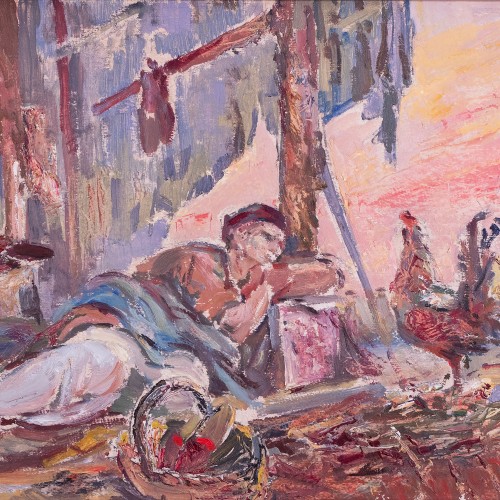
Reclining Man with a Rooster
1949. Oil, cardboard 41 x 53.7 cm (framed)
ESTONIAN ART CLASSICS AUCTION: Haus Gallery 04.05.2024
14 000
Final price: 30 500
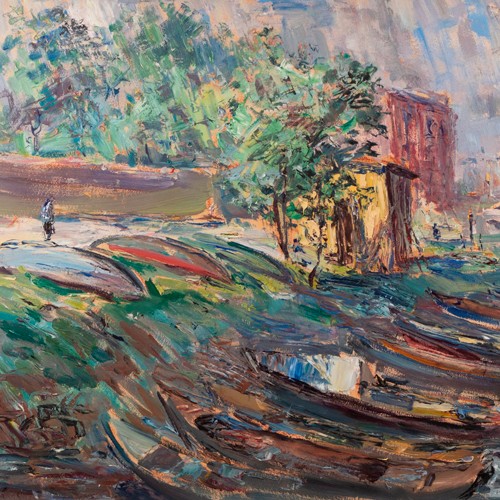
The Coast of Emajõgi with Boats
1950. Oil, cardboard 52.5 x 67.5 cm (framed)
ESTONIAN ART CLASSICS AUCTION: TIMELESS VISIONS Haus Gallery 04.11.2023
19 000
Final price: 37 500
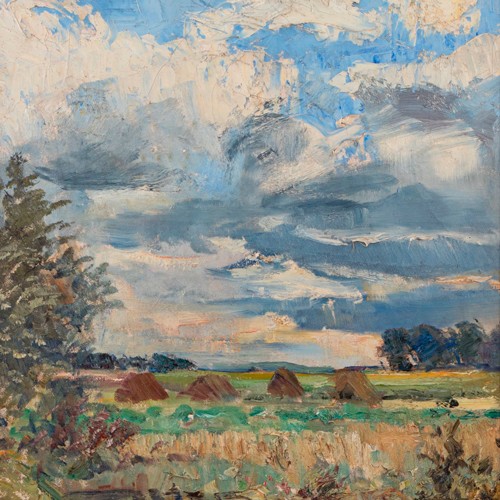
Summery Landscape
1940s. Oil, canvas 80.2 x 63.2 cm (framed)
ESTONIAN ART CLASSICS AUCTION: TIMELESS VISIONS Haus Gallery 04.11.2023
45 800
Final price:
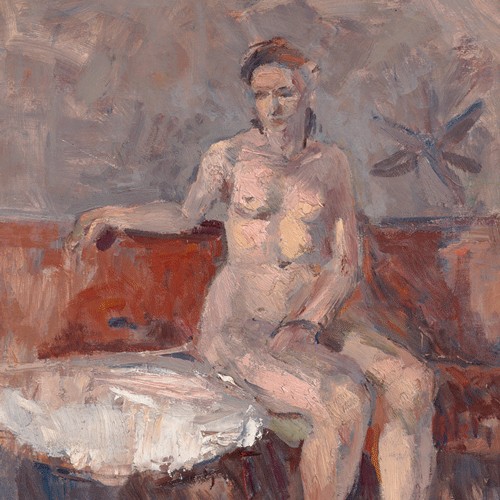
Nude
1940s. Oil, cardboard 52.5 x 46 cm (framed)
EARLIER ART CLASSICS Haus Gallery 29.10.2022
15 000
Final price: 15 000
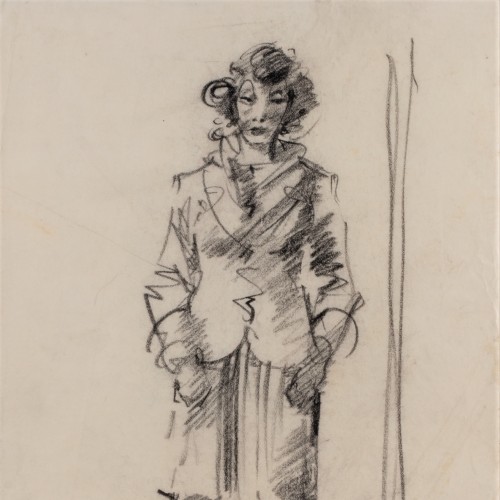
Standing Woman
1940-1950s. Charcoal, paper Lm 28.6 x 20 cm (framed)
GRAPHICS AND DRAWINGS - Monday, May 16th 18:00 Haus Gallery 16.05.2022
900
Final price: 900
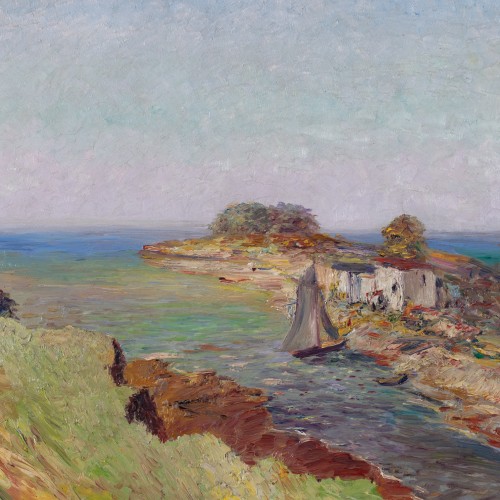
Landscape With Sailboats
1928. Oil, cardboard 43.3 x 57 cm (framed)
EARLIER ART CLASSICS - Saturday, May 14th 15:00 Haus Gallery 14.05.2022
15 300
Final price: 28 300
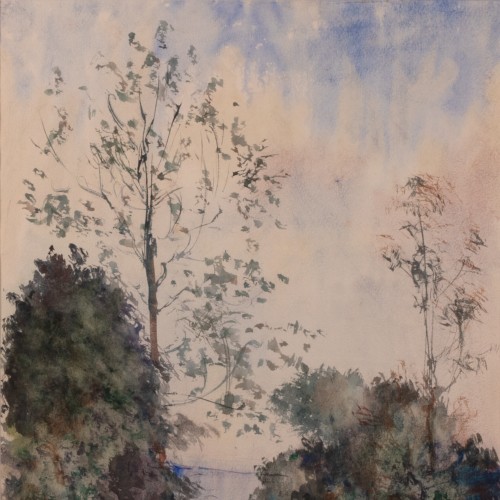
Summer Landscape With Trees and the Sea
1953-1956. Watercolour, paper vm 33.7 x 28 cm (framed)
EESTI VANEMA KUNSTI KLASSIKA OKSJON Haus Gallery 07.05.2021
3 100
Final price: 5 400
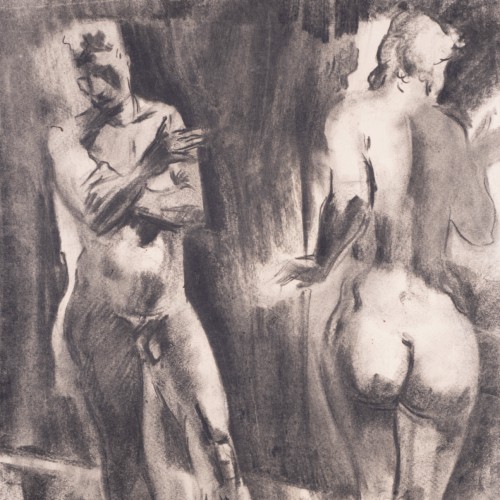
Male and Female Nude
1940s. Charcoal, paper Km 57 x 40.5 cm (framed)
AUTUMN 2020 Haus Gallery 30.10.2020
1 900
Final price: 4 000
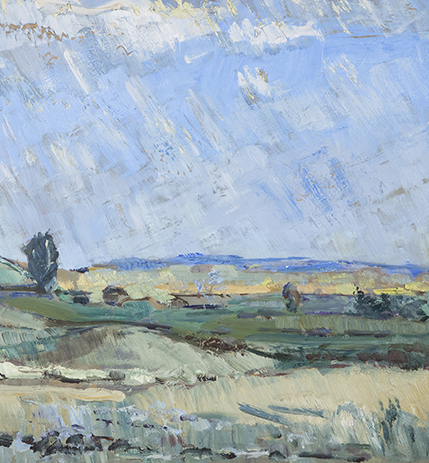
Karksi motiiv
1944. oil, paper on cardboard 44.5 x 52.5 cm (framed)
HAUS GALLERY'S AUTUMN AUCTION 2019 Haus Gallery 04.10.2019-31.10.2019
8 500
Final price: 20 700
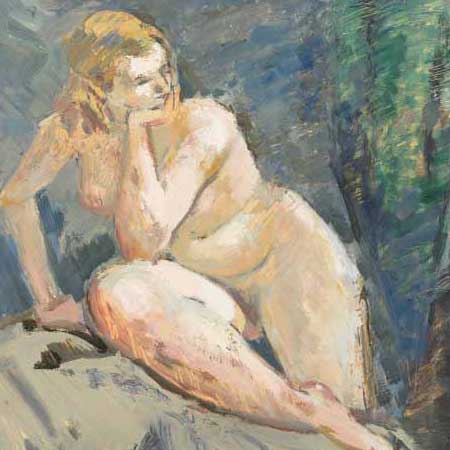
Naisakt tumedal taustal
1956-1961. 1 48 x 52 cm (framed)
HAUS GALLERY XLI AUCTION. SPRING 2017 Haus Gallery 04.04.2017-30.11.1999
4 900
Final price:
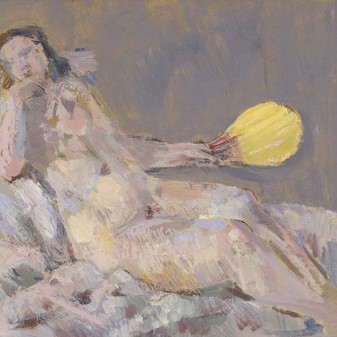
Lamav naisakt kollase lehvikuga
1944-1950. oil on paper lm 37.2 x 50.8 cm (framed)
HAUS GALLERY XXXIX AUCTION 2016 spring Haus Gallery 30.03.2016
3 900
Final price:
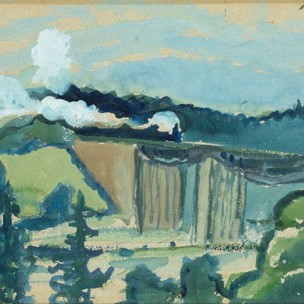
Maastik raudteesillaga
1910-1920. watercolor, gouache on cardboard vm 19.5 x 29.5 cm (framed)
HAUS GALLERY XVIII AUCTION autumn Haus Gallery 08.10.2015-30.11.1999
1 500
Final price: 1 725
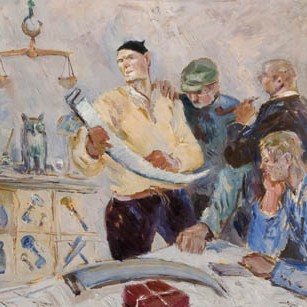
Külapoes
1945-1960. oil on cardboard vm 39.5 x 65.5 cm (framed)
HAUS GALLERY XVIII AUCTION autumn Haus Gallery 08.10.2015-30.11.1999
3 200
Final price:
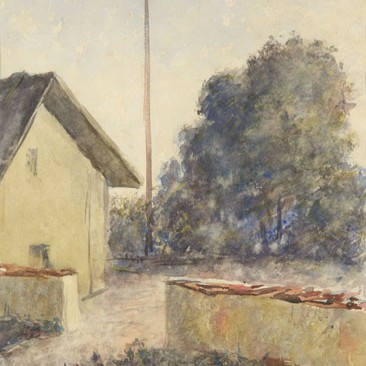
Suvila lipuvardaga
1931-1939. watercolor lm 34.7 x 26.5 cm (framed)
Haus Gallery 08.11.2010-10.11.2010
895
Final price: 895
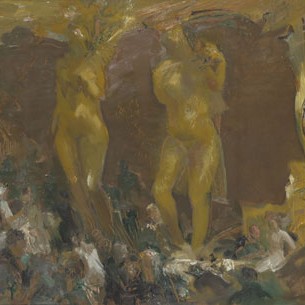
Kompositsioon kolme kujuga
1944-1950. oil on paper lm 37.6 x 56.4 cm (framed)
Haus Gallery 08.11.2010-10.11.2010
2 365
Final price:
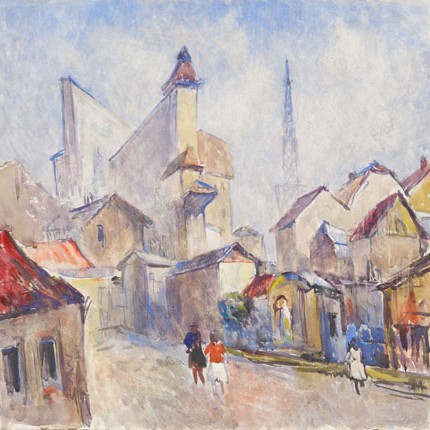
Linnavaade televisioonimastiga
1960. mixed media lm 50.7 x 55.2 cm (framed)
HAUS GALLERY XXV ART AUCTION 2009 autumn Haus Gallery 27.10.2009
1 981
Final price:
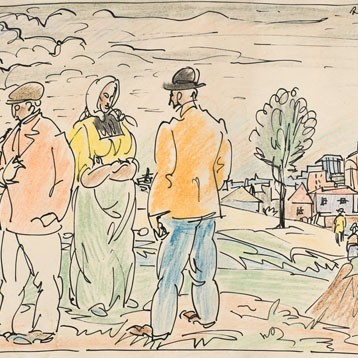
Figuurid linna foonil
1913. inc, coloured pencil km 19.5 x 25.5 cm (framed)
HAUS GALLERY XXIV ART AUCTION 2009 spring Haus Gallery 28.04.2009
895
Final price:
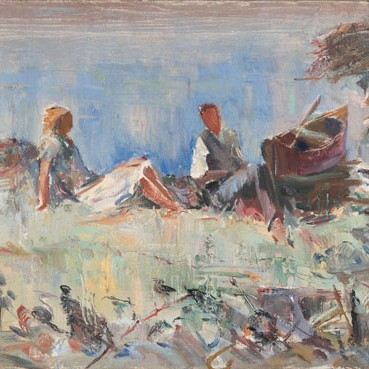
Järve kaldal
1945. 43.8 x 55.5 cm (framed)
HAUS GALLERY XXIII ART AUCTION 2008 autumn. Old Masters Paintings Haus Gallery 01.10.2008
3 451
Final price: 18 023
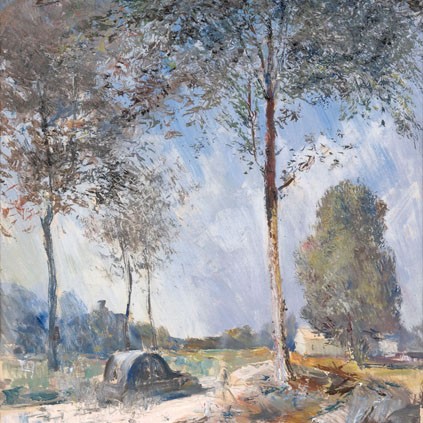
Puud maantee ääres
1948. Lm 54.8 x 49.5 cm (not framed)
HAUS GALLERY XXIII ART AUCTION 2008 autumn. Old Masters Paintings Haus Gallery 01.10.2008
3 068
Final price: 9 651
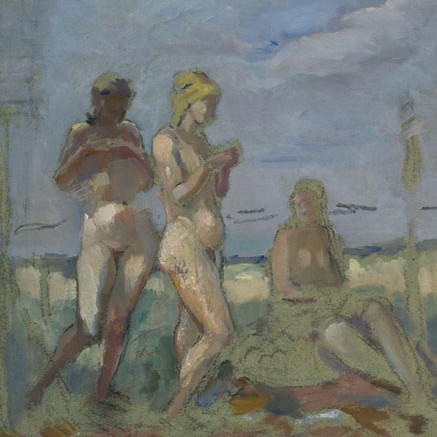
Kolm graatsiat
Undated. Oil, cardboard 56 x 53.5 cm (framed)
HAUS GALLERY XX ART AUCTION, 2007 spring Old Masters Paintings Haus Gallery 15.04.2007-24.04.2007
4 985
Final price: 4 985
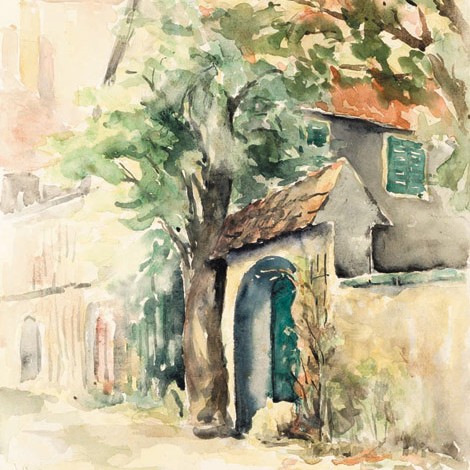
Vaade tänavale
1922. Water-colours Lm. 42 x 30 cm
HAUS GALLRY XIX ART AUCTION, 2006 autumn. Old Masters Painting Haus Gallery 24.10.2006
1 023
Final price: 1 630
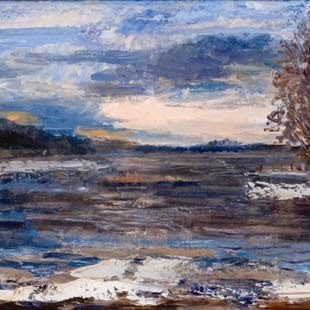
Kaljuse talu ümbrus
1956. Oil on cardboard 48 x 72 cm
HAUS GALLERY XVIIth ART AUCTION, 2005 autumn Haus Gallery 20.10.2005
2 748
Final price: 5 432
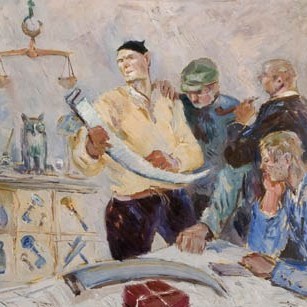
Külapoes
Undated. Oil on cardboard Vm. 39 x 60 cm
HAUS GALLERY XVth ART AUCTION, 2004 autumn Haus Gallery 21.10.2004
2 684
Final price: 4 026
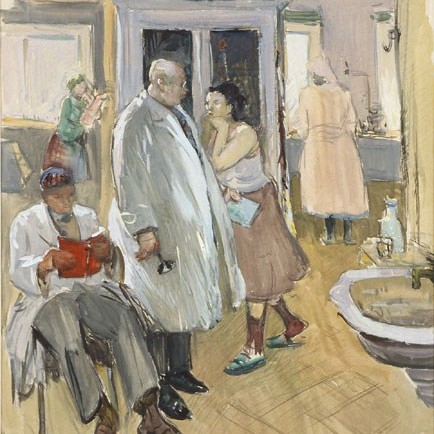
Arsti juures
1959. Gouache, paper 54 x 50 cm
HAUS GALLERY XIVth ART AUCTION, 2004 spring Haus Gallery 04.04.2004
3 132
Final price: 3 132
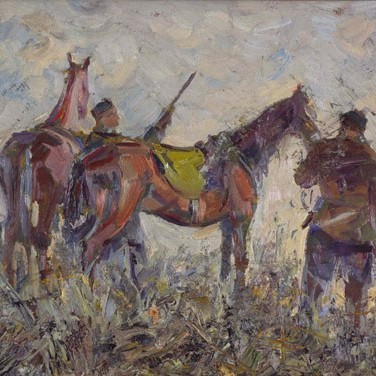
Mehed ja hobused
1940. Oil on cardboard 43 x 54 cm
HAUS GALLERY XIIIth ART AUCTION 2003 autumn Haus Gallery 23.10.2003
4 346
Final price: 4 346
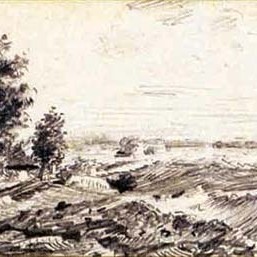
Maastik
1950. 12 x 20 cm
HAUS / X AUCTION, 2002 spring Haus Gallery 09.05.2002
352
Final price: 352
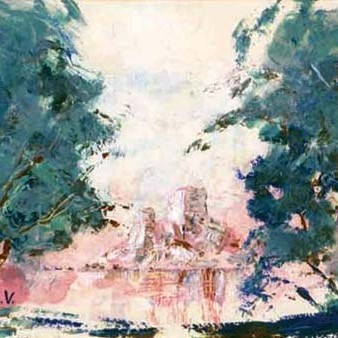
Maastik roosaga
1930. Vm. 15 x 21 cm
HAUS / X AUCTION, 2002 spring Haus Gallery 09.05.2002
831
Final price:
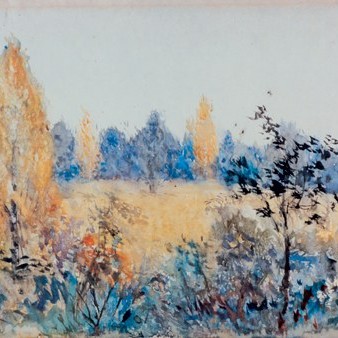
Mullavere
1952. Water-colour 28 x 39 cm
HAUS / VI AUCTION, 2000 spring Haus Gallery 27.04.2000
1 406
Final price:
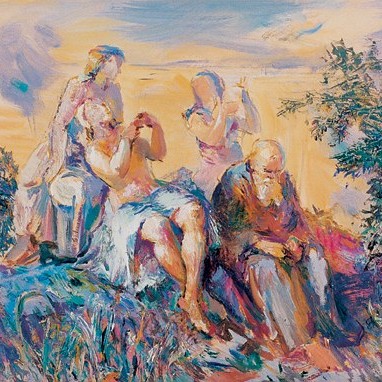
Muusad
1948. Oil, paper 46 x 56 cm
HAUS / V AUCTION, 1999 autumn Haus Gallery 12.10.1999
1 662
Final price: 3 611
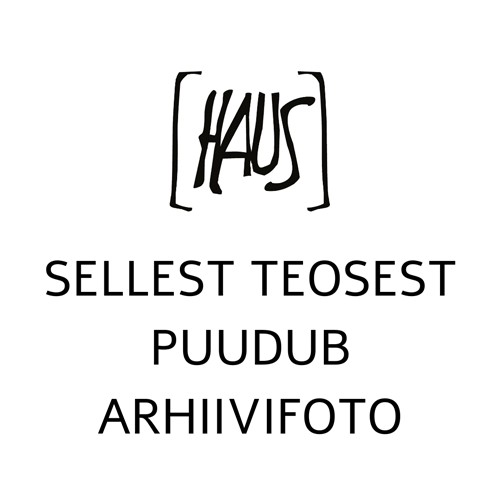
SEISEV NAINE
1950. 16 x 10 cm (not framed)
HAUS / II AUCTION, 1998 spring Haus Gallery 25.05.1998
77
Final price: 77
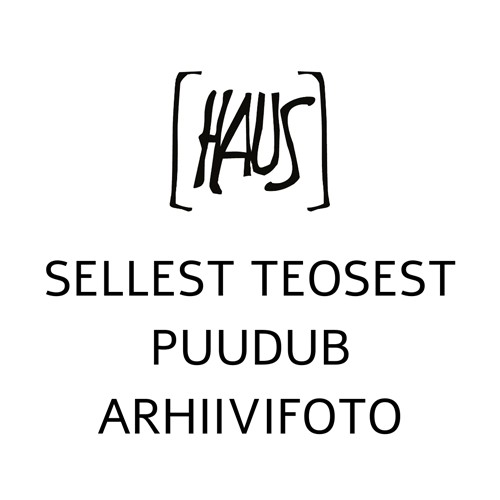
SEISEV NAINE MAASTIKUL
1950. 15 x 10 cm (not framed)
HAUS / II AUCTION, 1998 spring Haus Gallery 25.05.1998
77
Final price: 115
Appearance in exhibitions
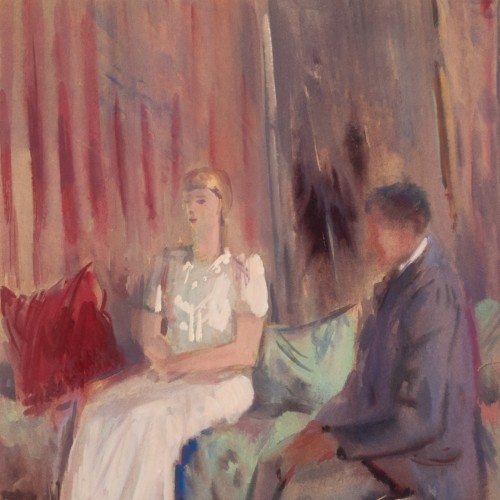
In the Interior
1923. Gouache, paper Vm 42 x 32 cm (framed)
WORKS FROM TWO PRIVATE COLLECTIONS Haus Gallery 15.02.2023-13.03.2023
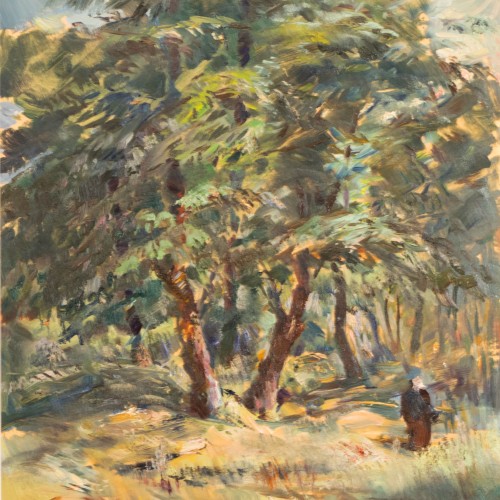
Landscape
1943. Oil, paper Vm 49 x 44.5 cm (framed)
WORKS FROM TWO PRIVATE COLLECTIONS Haus Gallery 15.02.2023-13.03.2023

Karksi motiiv
1944. oil, paper on cardboard 44.5 x 52.5 cm (framed)
HAUS GALLERY'S AUTUMN AUCTION Haus Gallery 04.10.2019-31.10.2019
price: 8 500